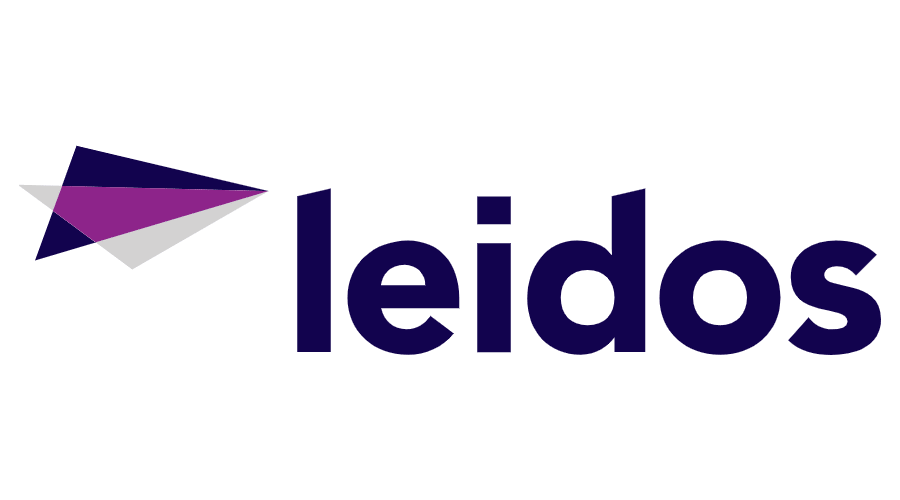Who Assesses Damage to the Power Grid When Winter Storms Hit?

February is the heart of the winter storm season in the U.S., and electric utilities across the country are bracing for the likelihood of power blackouts.
When ice, heavy snow and high winds damage the grid, Leidos engineers are often the first ones called on to help assess the damage.
Why you should know: Winter storms, tropical storms, wildfires and other extreme weather events can have devastating effects on the grid and put lives at risk.
Power outages pose a variety of threats including water contamination, food spoilage, hypothermia, the loss of communication and the disruption of essential services.
Last year alone, weather and climate disasters in the U.S. caused 474 deaths and $165 billion in economic losses, according to the National Oceanic and Atmospheric Administration (NOAA).
Leidos expert Thomas Cooney, who manages a team of 400 distribution engineers across the southeastern U.S., says hurricane and winter storm seasons are their busiest for disaster support.
From the source: “It all happens very fast,” says Cooney. “Once a major storm event hits and utilities need our services, we’re mobilizing within 24 hours. Out of respect for firemen, EMTs and police, I wouldn’t consider us first responders. But in these situations, I’d say we’re very close second responders assessing damage in storm-ravaged areas to get power restored to those who need it most.”
Cooney said he’s proud of his team and the role it plays to help restore power in desperate situations.
“Everyone thinks of elderly people in their homes during a power outage,” he said, “but it’s also critical to restore power to schools, hospitals and businesses. Leidos has more than a thousand power delivery engineers across the country who play an extremely important role in helping utilities ensure safety and survival during these emergencies.”
Looking ahead: Cooney said utilities are investing heavily in grid hardening efforts to mitigate vulnerability to extreme weather.
“When we’re not responding to emergencies, a big part of our job consists of constructing stronger, smarter and more resilient infrastructure that can stand up to extreme conditions and creating redundant power lines for when a primary feed goes down.”
Please contact the Leidos media relations team for more information.

